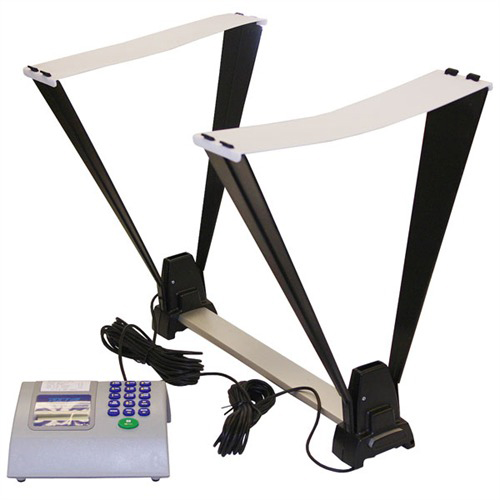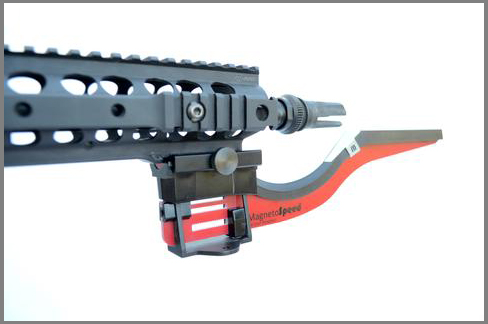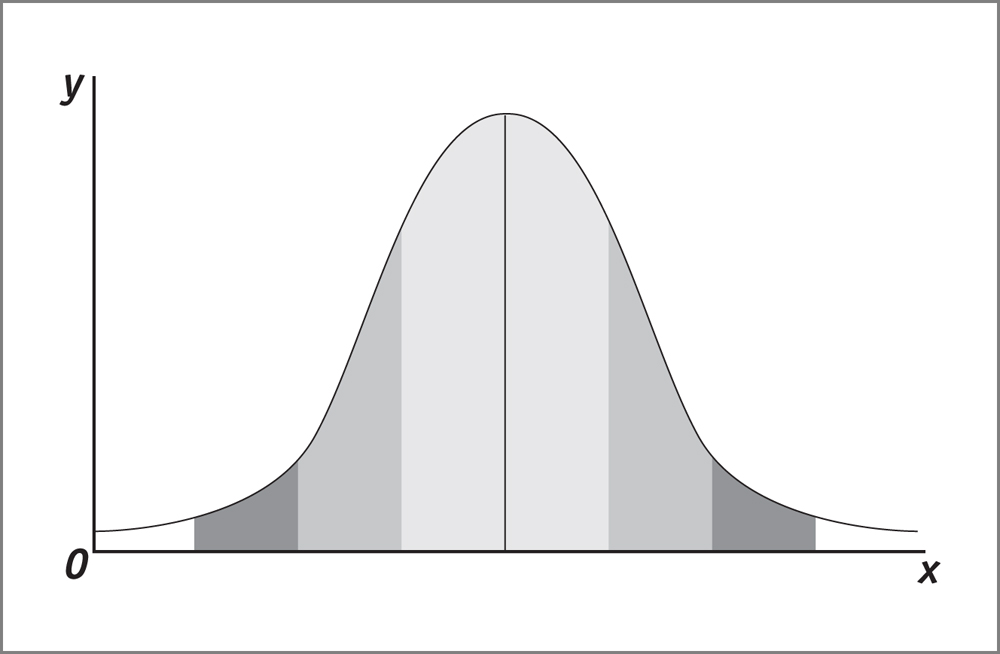Getting a handle on improving long-range accuracy has a lot of to do with understanding the importance of consistent bullet velocities. Here’s a start toward that…
Glen Zediker
There’s one more thing (seemingly, there’s always one more thing…) that’s important to accuracy at extended distance. I’ll say “extended distance” is anything over 300 yards. That is bullet velocity consistency.
I’ve said in these pages before that a good shooter will lose more points to elevation than to wind. This next explains that a might more.
First, and the first step, is getting and using a chronograph. It doesn’t have to be a zoot-capri model, and nowadays that’s a fortunate bonus because there are a number of inexpensive chronographs available that are entirely accurate.

Check Misdouth offerings HERE

“Standard deviation” (SD) is probably the most commonly used measure of bullet velocity consistency. SD reflects on the consistency of velocity readings taken over a number of shots. “Standard” reflects on a sort of an average of the rounds tested.
[Math folks don’t use phrases like “sort of” when describing numbers and can provide tickier definitions of SD and the means to calculate it. Here it is: it’s the square root of the mean of the squares of the deviations. Actually harder to say than it is to calculate.]
Steady Wins the Race
Standard deviation is not the only measure, and I don’t even think it’s the right one, let alone the most important, but it’s no doubt the most popular way to talk about ballistically consistent bullet performance. I don’t think standard deviation is near as important as is the “range,” which is the lowest and highest speeds recorded. Some who write and talk about it call that “extreme spread,” but if we want to get picky over terms (and ballisticians, card-carrying and self-styled, tend to get right touchy over such formalities) extreme spread is the difference between this shot and the next shot.
I watch the speed on every shot. I compare this one to the next one and to the last one, and, as said, find the highest and the lowest.
There is no saying that a load that exhibits low standard deviation is going to group small, just because of that. Any Benchrest competitor will tell of experiences whereby “screamer” groups came with high SDs and hideous groups with low SDs (“high” and “hideous” by their standards, still pretty small for the most of us). But, at 100 yards the bullet’s time of flight and speed loss are both so relatively small that variation in bullet velocities isn’t going to harm a group, and, yes, not even the tiny groups it takes to be competitive in that sport. On downrange, though, there is going to be a relatively greater effect on shot placement, right? Yes and no. Drift and drop are influenced. There is a relatively greater effect in ultimate displacement of elevation, more next. Based on drift allowance it probably does not.
To put an example on it, let’s say we’re shooting a Sierra® 190gr .308 MatchKing. Its 2600 fps muzzle velocity becomes 2450 at 100 yards and 1750 at 600 yards. (All these numbers are rounded examples, and examples only.)
If we’re working with a truly hideous inconsistency of 100 fps, say, that means one bullet goes out at 2550 and the next leaves at 2650 in a worst-case event. The first bullet tracks across about 28 inches (constant full-value 10-mph wind to keep it simple) and the next moves sideways 26 inches. Figuring drift on 2600 fps means it’s two inches off, one inch per shot.
Drop, which means elevation, is a (the) factor, and here’s where poor SDs bite. With this Sierra® 190, drop amounts over a 100 fps range are about three times as great as drift amounts. A vertically-centered bullet at 2600 fps hits about 5-6 inches higher or lower at each 50 fps muzzle velocity difference. That’s enough to blow up a score to elevation. And it gets way, way on worse at 1000. Keep always in mind that velocity-induced errors are compounding “normal” group dispersion. And, in reality and as discussed before, it’s unusual in a competitive shooting venue for a wind to be full-value, so the on-target lateral displacement is even relatively less — but the elevation displacement is consistent.
The next-to-the-bottom line, then, is that poor SDs don’t hurt in the wind as much as they do on the elevation. The bottom-line, then, is back to the start: don’t shoot a load with inconsistent speeds. It’s flat not (ever) necessary.
So what’s a tolerable SD? 12. That’s the SD that “doesn’t matter” to accuracy. More later…

MATH: For Them That Wants It
If you have no electronic gadgetry to help, calculate SD like so: add all the velocities recorded together and divide them by however many there were to get a mean. Subtract that mean number from each single velocity recorded to get a deviation from the mean. Square each of those (eliminates the negative numbers that ultimately would cancel out and return a “0”). Add the squares together and find the mean of the squares by dividing again by the number of numbers. Then find the square root of that and that’s the standard deviation figure, which is “a” standard deviation, by the way.
This article is adapted from Glen’s book, Handloading For Competition, available at Midsouth HERE. For more information on that and other books by Glen, visit ZedikerPublishing.com








